by Lani:
It’s been awhile since I last wrote — because I came down with bronchitis in South Korea! I’m still coughing up a storm, and I even visited a hospital in Batangas a few days ago, where they gave me a chest x-ray for a whopping $10 (thank you, Filipino healthcare!). As you can imagine, bronchitis is the opposite of idyllic backpacker fun. It’s been a brutal assault on my respiratory system, and I’m a puffy-eyed zombie on bad days. But I’ve come to accept it all — the cough syrup, the pills and the people who look at me strangely on buses. And here’s why: sickness is a part of travel. It’s miserable, and yet inevitable. So, I’m drinking gallons of water and laughing at my sickly state. Who could have predicted this shit?
Bronchitis is a tricky illness. Initially, it starts as an innocent cold. This is easy to overlook, especially when you’re juggling train tickets, language barriers and currency conversion on a daily basis. My cough began in Gyeongju, a small coastal city in South Korea. We had chosen to visit Gyeongju because, for nearly 1000 years, it was the capital of the Silla Dynasty, one of the three ancient Korean kingdoms. On our first night, we walked through Tumuli Park, where burial mounds of Silla kings stood below a grey sky. The mounds are seen by many as deeply spiritual — but, in the brisk chill of March, they felt solemn and cold. Our dinner, however, was an ethereal experience. We sat cross-legged in the traditional style, eating bibimbap, tofu soup, and tons of fermented dishes. The waitresses provided hearty jugs of makgeolli, a delicious Korean rice wine, and I was soon piss-drunk.
It was refreshing to find ourselves in Gyeongju. After a dizzying tour of Asian mega-cities, I was soaking in provincial life. My expat friends had raved about Korea’s small towns, like Gyeongju, where they claimed the food was better (“In Seoul, everything is fast — including the food”) and the culture was more traditional. So, when I began coughing that evening, I didn’t pay it much mind. We had already gotten sick in Taiwan, where we endured horrible food poisoning — probably the worst food poisoning of our lives. So, now finding ourselves in Korea, I wanted to make the most of our time. We had plans to see Bulguksa Temple and hike up to Seokgurum Grotto; no cold was going to get in my way.
When you’re on the road, it’s easy to downplay health issues. You thrive on a sense of momentum, of wandering and never feeling “stuck.” So it doesn’t feel right to say, “Hey, I’m going to chill and drink lots of water for the next few days.” You want to keep on moving. To make matters worse, treatment tends to be difficult. You may not have health insurance (I have basic travel insurance), you probably don’t speak the local language, and you’re unfamiliar with the healthcare system. All in all, this amounts to chronic negligence, and a lot of travelers let things slide. Like many people, I ignored my cold. And it got worse. Like, a lot worse.
For my birthday, we decided to visit Jeju, a crater-covered island in the Korea Strait. By the time we landed, I was weak and raspy-voiced. At night, I grew feverish, and I often awoke at 3 am, doused in sweat. Soon enough, I was tight-chested, short of breath and struggling to walk up hills. And, in a country where people relished food with near religious devotion, I found myself without an appetite. Seriously, I could only eat rice. It seemed downright criminal to reject so many delectable Korean dishes, spread across our table like a spicy floral arrangement. But I just couldn’t do it. My body was revolting against all worldly pleasures, whether eating, drinking or merely walking. On the night of my birthday, I chose to stay in my hotel room, snuggled under blankets.
Then there was the problem of medicine — that being, I couldn’t get anything decent. In South Korea, the government is incredibly uptight about, well, lots of things. Pornography is banned, drugs are very hush-hush and traffic cameras seem to be at every turn. All the while, South Korea is a very orderly and nonviolent society, and theft is extremely uncommon. We joked that the policemen must arrest citizens for jaywalking on the sidewalk because so little crime seemed to occur. So, when it came down to finding medicine, I found myself blocked by government control. We visited pharmacies in Seoul and Jeju, and in both cases, I was refused real medicine. The pharmacists explained that I would need a prescription to get stronger (i.e. effective) medication. So I was given what amounted to sugar pills.
After two weeks in South Korea, we left for Manila. Before entering the Philippines, I would need to pass a “health inspection,” which made me nervous. This included filling out a lengthy health form, detailing any illnesses of the past month, and then passing through a visual health inspection at Ninoy Aquino International Airport. The health form asked if I had experienced any coughing in the past month — check, I answered yes. While I could have potentially lied, I was coughing in front of the entire cabin crew and didn’t want to take any risks. Then, upon landing, I had to undergo the dreaded visual health inspection. This meant that I needed to walk through an inspection area where Filipino authorities assessed if I looked “healthy.” If I looked healthy (whatever that meant), I would be able to proceed to baggage claim. If I failed, I could be quarantined (shudder). As I walked toward the inspection area, I was terrified that I would erupt into coughing.
Fortunately, the airport workers at Ninoy Aquino International Airport didn’t gave a damn. For all I know, I could have collapsed on the floor and they still wouldn’t care. So I casually gave them my health form, walked through the “health inspection” area, and then took a taxi to our hotel in Malate. Over the next week, I found that healthcare in the Philippines was somewhere between fantastic and a shit-show. In one pharmacy, we were charged 30 pesos per pill, and in another pharmacy we were merely charged 3 pesos. In Batangas, we found ourselves lost on a desolate country road and then located a totally legit Catholic hospital. The head doctor, who spoke fantastic English, confirmed that I probably had bronchitis but ordered a chest x-ray to make sure. She then prescribed some heavy-duty medicine. Ultimately, the hospital lost my x-rays (of course!) so I never learned my results. But, hey, that was healthcare in the Philippines, and I was happy to at least know the culprit of my woes: bronchitis.
So, with my medicine and diagnosis in tow, we headed for Sabang Beach, Puerto Galera. I wondered if I would feel pathetic, visiting an island paradise while living on cough syrup. But, as it turned out, it was really hard — as in, almost impossible — to feel uncool in Sabang. The town was an awkward hodgepodge of Korean divers, Western (and some Korean) sex tourists and very bad restaurants. The Korean divers, decked out in expensive gear, kept to themselves and typically only dined at Korean restaurants. As for the sex tourists, they lolled about town, fleshy and overheated, eating at restaurants with names like Big Apple or Vesuvio’s Pizza & Pasta, and sharing stories about concerts in Denmark in the 1980s, or whatever. At night, they flooded the local “girly bars,” where they paid bar fines to bring girls back to their rooms. By the waterway, ladyboys stood on algae covered steps, looking for johns, dressed in miniskirts and pearls.
So, what were we doing in Sabang Beach? We weren’t divers or sex tourists. For us, there was only one thing to do, and that was relax. Despite everything, Sabang was a beautiful town, dotted with candy-colored bungalows along a turquoise waterfront. On the main street, Filipina women sold steaming pots of vegetables and chowders at night, and a winding road lead up to Tropicana Castle, a Vegas-style fake castle that functioned as a dive resort. So, over the next five days, I slept, swam and recovered. We befriended a Swedish couple and drank Bailey’s shots at a floating bar. I fell asleep under a coconut tree at Big La Laguna, and lazily read a crime novel over white sand. I sort-of swam (when you have bronchitis, real “swimming” is tough) and befriended a nerdy Italian entrepreneur, on his first vacation in five years. By the time we left, I was still sick, but beginning to recover.
So, where does that leave me now? It’s been three weeks — and, guess what, I’m still sick! But, at this point, I feel like I’m in a full-on relationship with my bronchitis, like “we have been through so much together.” We’ve endured useless Korean medicine, “health inspections” in Manila, confusing transport in Batangas, lost x-rays and bloated beach life. And that’s sickness on the road — something that’s out of your control. Sure, you can travel across the world. You can renounce your old life and become a seemingly badass traveler. But sometimes you’ll have to swallow some cough syrup and admit that you’re not invincible. Our bodies often rule us, and they’re just as mystifying as the places we try to understand.

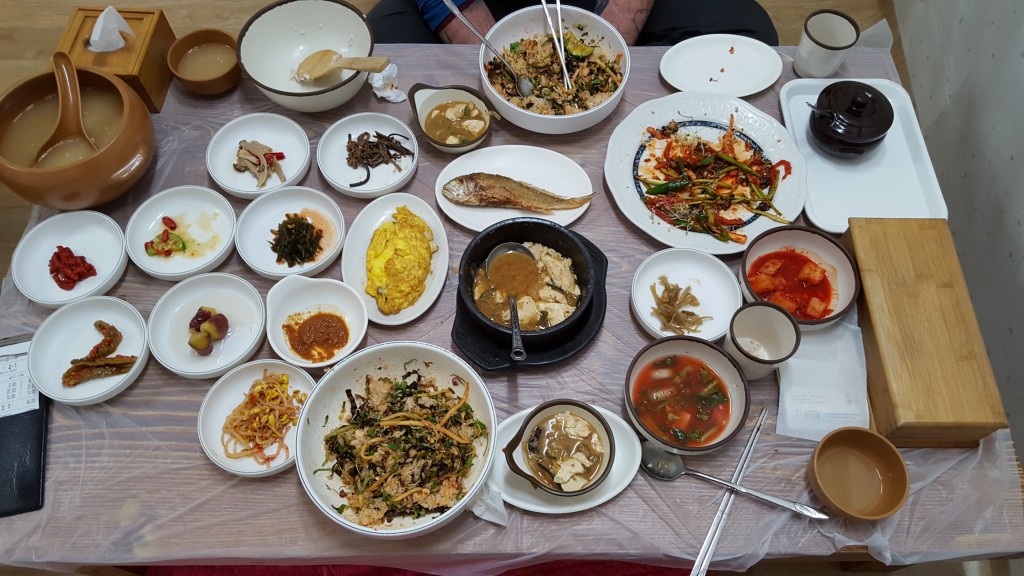
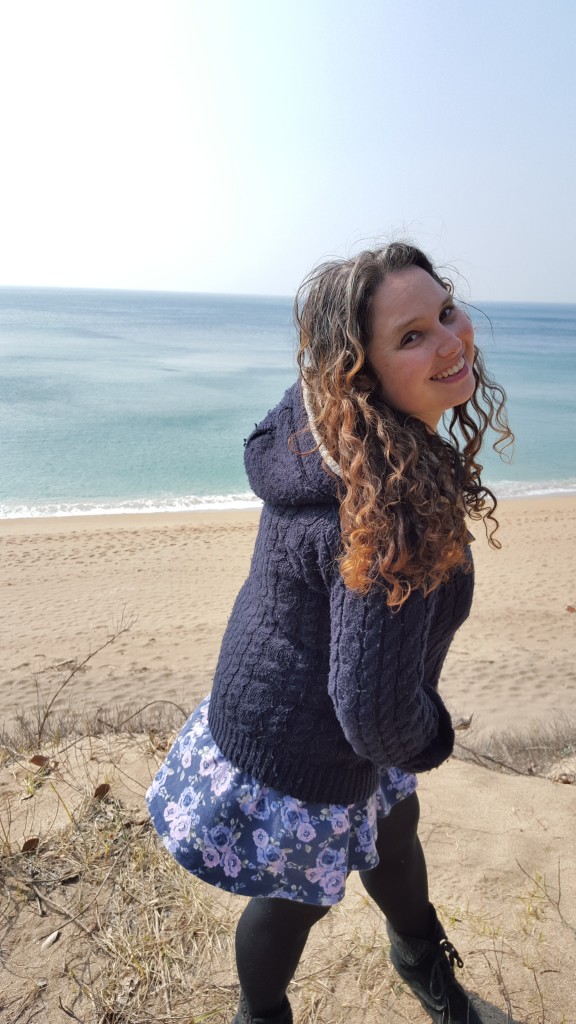
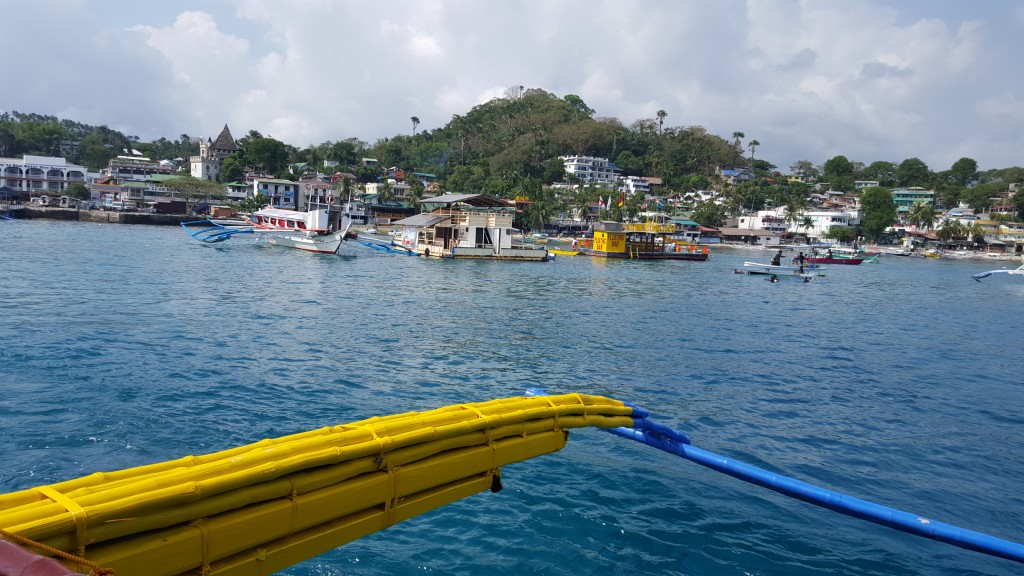
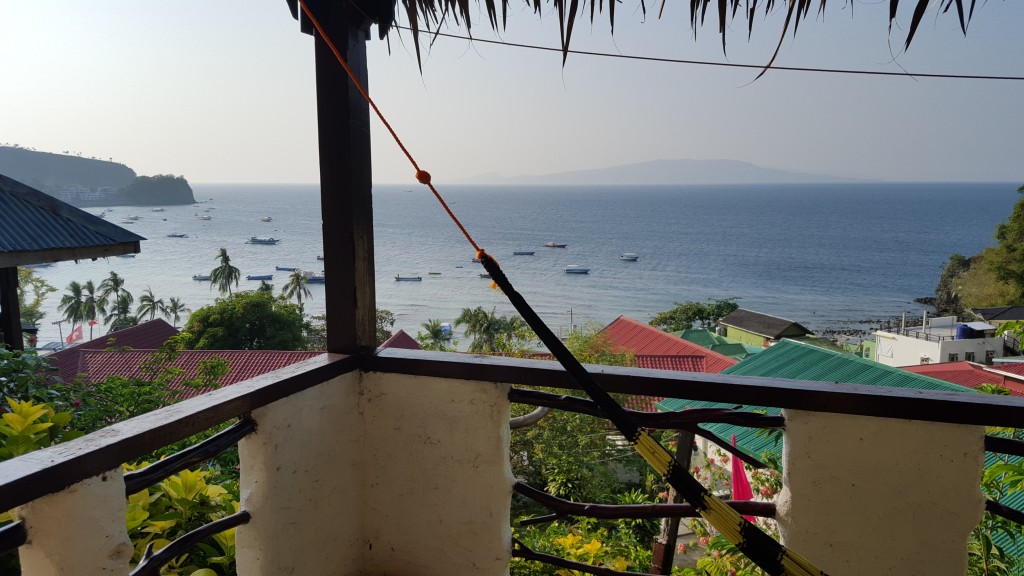
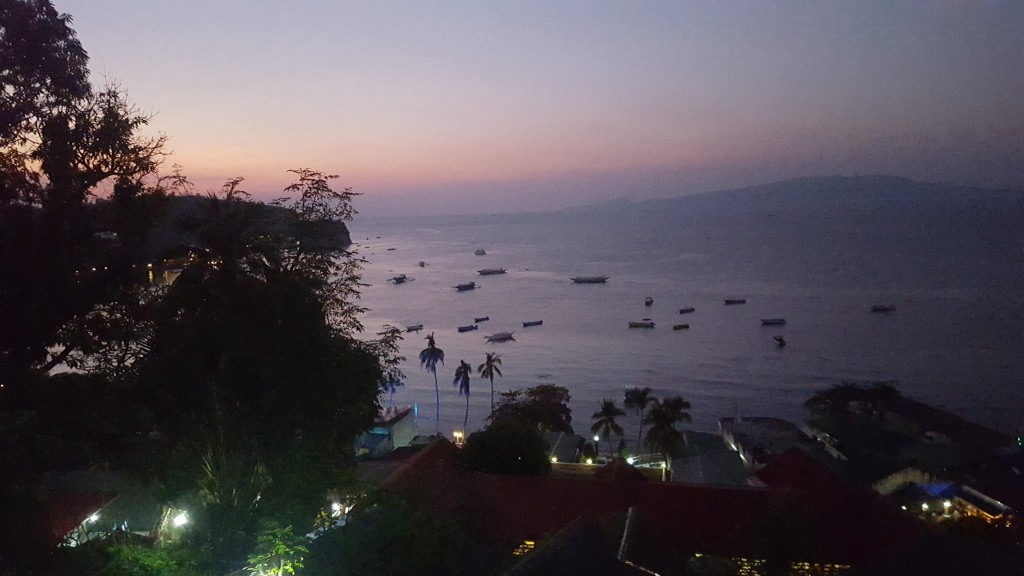
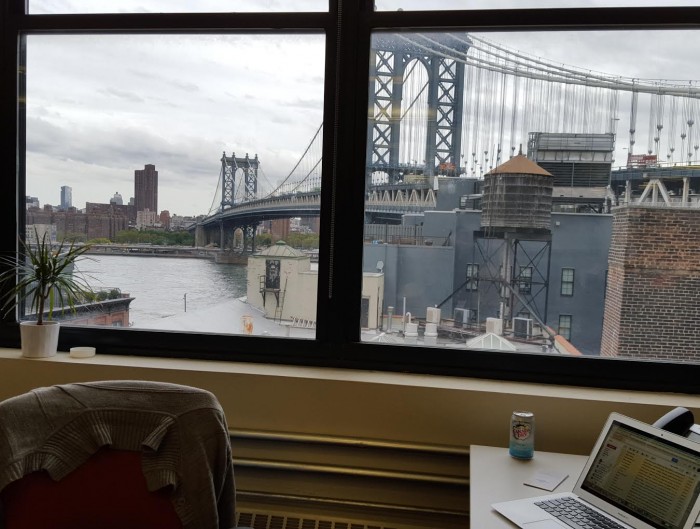
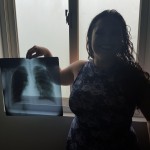
3 Comments
Lani – I had bronchitis once or twice and after second I stopped any and all smoking. It can develop into pneumonia. Be Careful! from Judy
I’m so so so glad your on the mend!!! Love the ending to the blog too!
Im really proud of you. It might be disgusting to share this, when I traveled in India for a year, I lived with hardcore diarrhea the whole time and I just adapted to it and it didnt bother me anymore. I only saw how much it affected me when I came back to Istanbul and realized that I had lost too much weight I looked like a skeleton. Sometimes when your traveling, sickness feels so lame that you dont want to give it much attention, you just wanna keep going. I salute you girl for I know how it must feel even though our sicknesses are miles different hehe